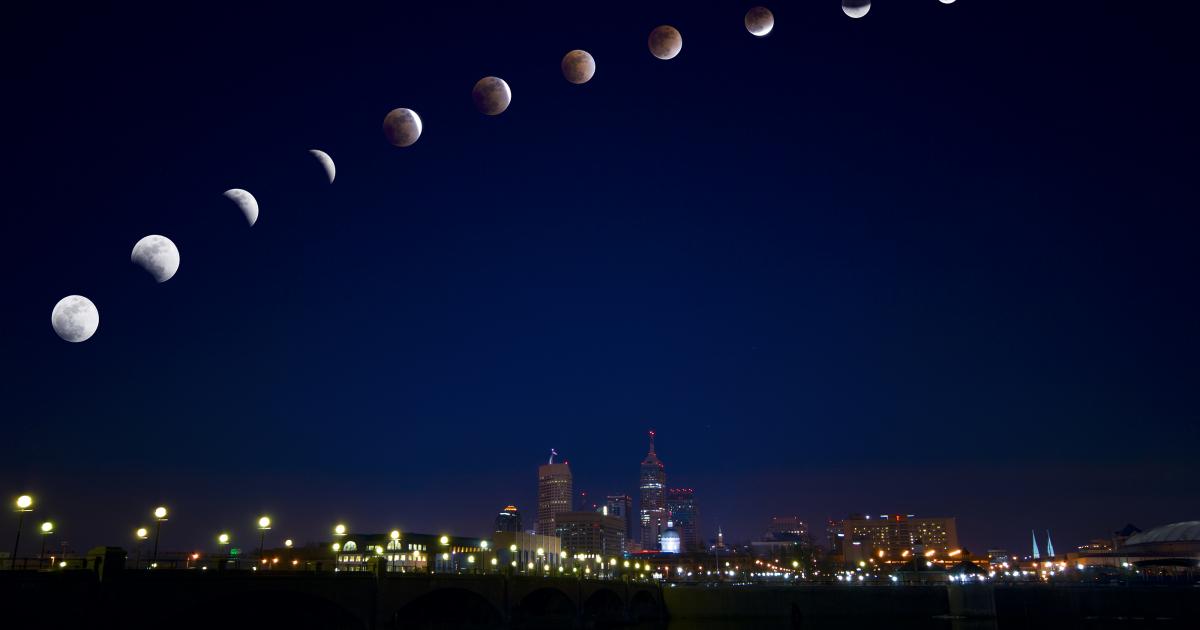Bhubaneswar: The much-anticipated super blue blood moon day is finally here. Star gazers in Odisha will be witness to three simultaneous lunar events tomorrow—supermoon, blue moon and lunar eclipse.
The total lunar eclipse will be visible from 5:20 pm. The all three phenomena together would start around 6.25 pm in the eastern sky and would be over in an hour’s time, a release from BM Birla Science Centre said.
From traditional practices in Odia households like haandi chhaada to change in timings of rituals at Jagannath temple in Puri, this event has major cultural and religious significance in Odisha.
The morning rites of Jagannath temple will begin as early as 12:20 am in the dead of the night, followed by bhitara sodha at 12: 40 am, mangala aarati at 12:50 am, surya puja at 2:10 am, sakala dhupa between 3:00 am and 4:00 am and madhyana dhupa between 5:20 am and 6:20 am. No ceremonial procedures will be conducted in the temple after 6:25 am till 5:20 pm. After the commencement of lunar eclipse, rites such as grahana mahasnana will be held.

Similarly, Odia households will observe haandi chhaada at 6:25 am when no food is cooked or any cooked food item consumed for a specific period of time during the lunar eclipse (till 5:50 pm, in this case). It is believed that food undergoes chemical change due to the movement of earth and the paradigm shift in its energy in a span of few hours that should actually happen over a period of 28 hours according to the lunar cycle. Many a family wash their entire households and bathe after the completion of the eclipse.

Astrologers opine that lunar eclipses are testing times for some zodiac signs and may prove to be inauspicious.
Supermoon is the positioning of the full moon in its orbit, closest to earth. Blue moon denotes the occurrence of a second full moon in a month and has nothing to do with the colour blue. The blood moon refers to the brighter reddish tinge the moon will emanate due to the positioning of the earth between the sun and itself, giving rise to a bigger size and resulting in a total lunar eclipse.
The last phenomena was observed in 1982 and the next won’t occur until 2037.


Comments are closed.